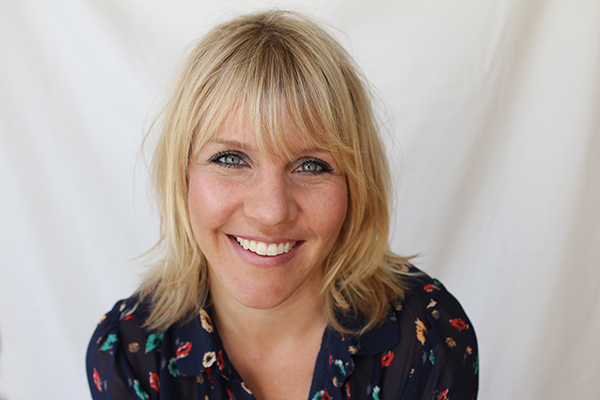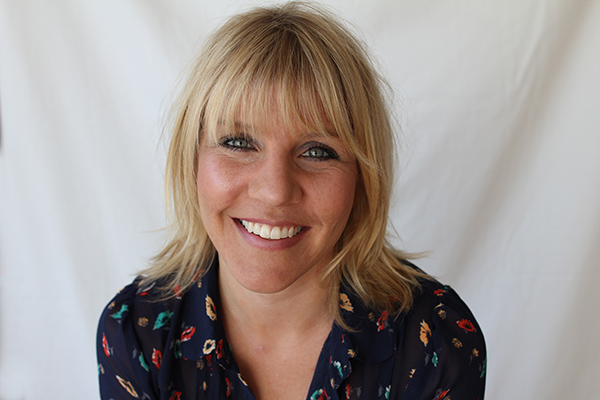A Guest Post by Mia Johnstone.
Learning some very simple fill flash tips will help elevate the quality of your photographs. This tutorial will teach you to fill in shadows and help create more professional looking portraits. These tips can be applied to shooting indoors with window light and can also be great for shooting outdoors in open shade (no direct sunlight).
 You need:
You need:
- A DSLR camera
- Basic working knowledge of manual mode
- An off camera flash with variable light output (you can get basic ones for $100)
- An optional filter for your flash (softens light).
1. Have your model sit facing a window. Photographer should have the window to their back. See photo below. The whole point to fill flash is that it’s just ‘fill’. You will need a main light source. Natural light is free and readily available. See below how we set up the shot.
2. Depending on how strong the window lighting is, your ISO should be at around 100 or 200. I usually shoot at an aperture of 3 or 3.5. Then set your shutter speed appropriately, but not faster than 1/250. My settings=ISO 100, aperture 3.5, 1/125 speed.
3. Set your flash to manual mode and your variable light output to 1/34. If you are using a filter on your flash, your flash head should be at a 45 degree angle, if possible. Take a test shot. If I am only a few feet away from my subject, this is usually too bright. I love 1/64 or 1/128 light output from a flash. It gives that extra splash of light to help fill in the shadows.

Metered for natural light. Added fill flash at 1/64 power. A balanced image.

No flash. Dark shadows around nose and eye.

flash at 1/32 power. A little too bright

Flash at 1/32 power. A little too bright.
Taking a good portrait is very simple. The portrait above with no flash isn’t a bad image. But when you add some flash, it gives the model and photo a whole new dimension. You can use these simple tips when you take wedding photographs, at the beach on cloudy days, or when you just want to give your photos some extra life.
Mia Johnstone is a professional photographer in Los Angeles. Read about her love of photography at www.mialovesphotography.com
Post originally from: Digital Photography Tips.
Check out our more Photography Tips at Photography Tips for Beginners, Portrait Photography Tips and Wedding Photography Tips.
via Digital Photography School http://digital-photography-school.com/simple-fill-flash-tips?utm_source=feedburner&utm_medium=feed&utm_campaign=Feed%3A+DigitalPhotographySchool+%28Digital+Photography+School%29
Your sharing tips is very valuable. I think it is helpful for our. Thank you very much for Sharing.
ResponEliminatransparent background Photoshop